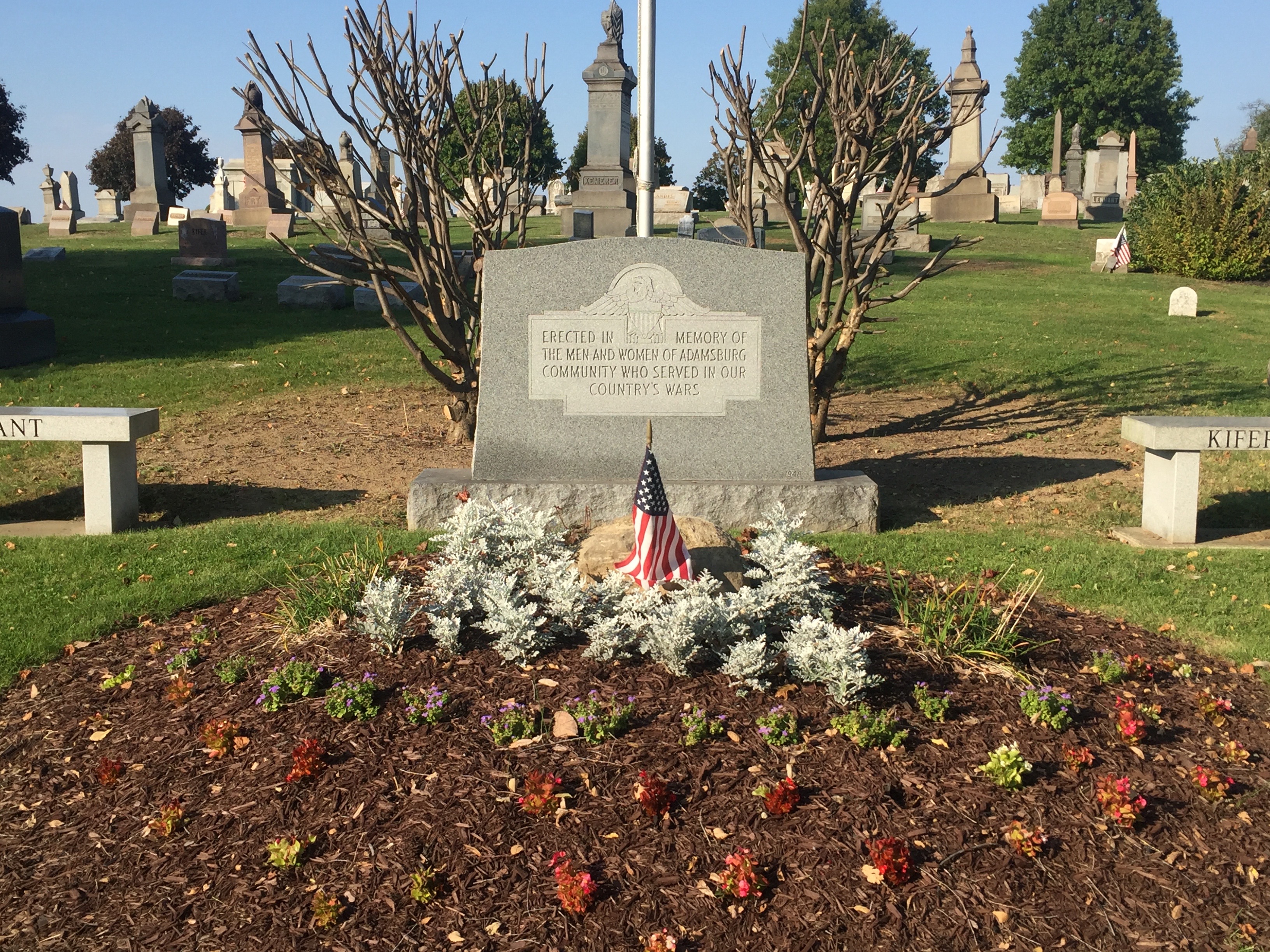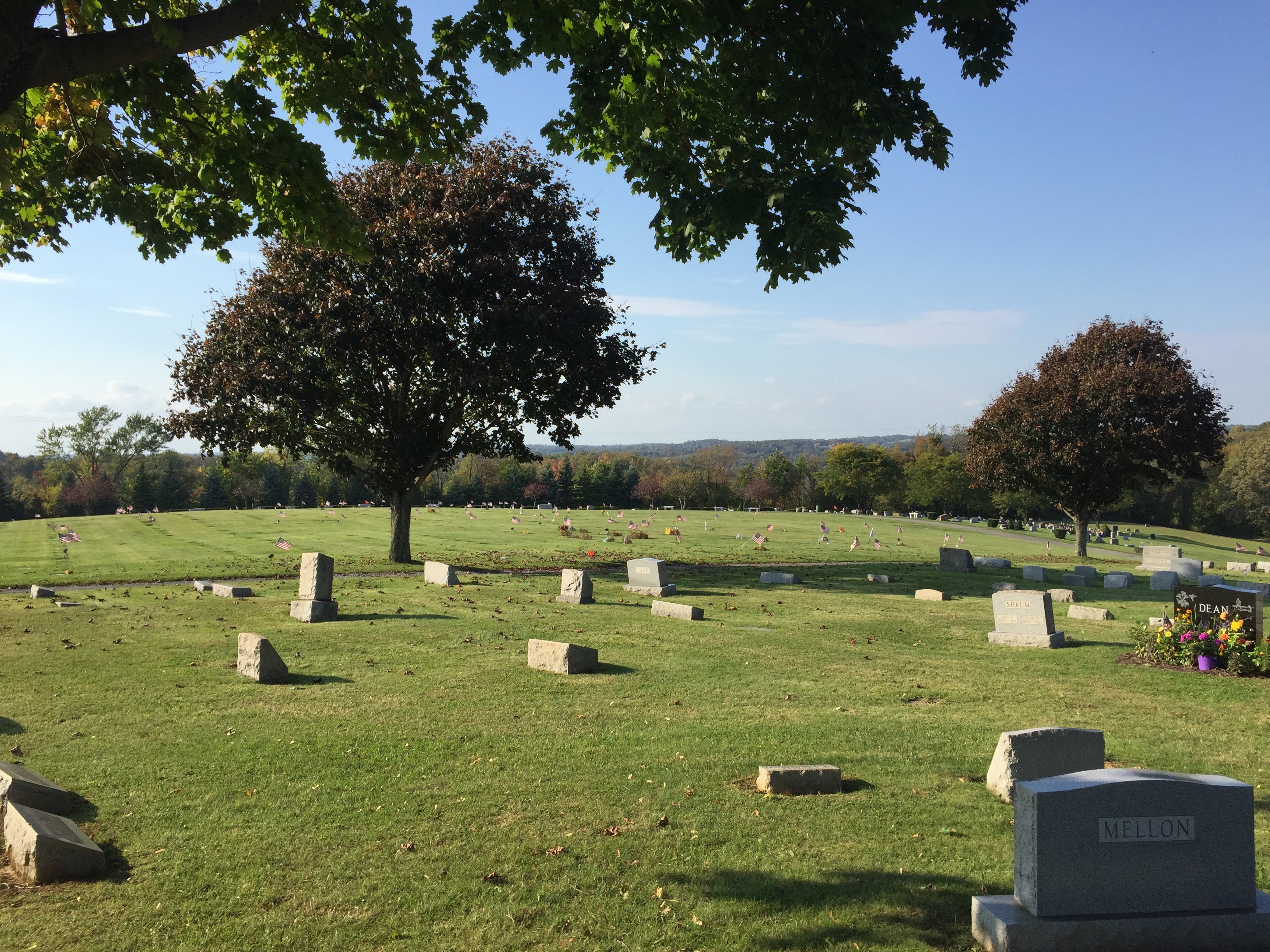



For the Graveyard project, our research began with the decision to locate and archive local graveyard records, and after a wide search, the project team all settled for the historic Brush Creek Cemetery. The cemetery was easily accessible by the team and the staff were happy to assist us in our data collection. We settled on a smaller section of graves sitting within a fork in the road into the hill portion of the cemetery. The decision was made to work with it specifically due to the mix of stones and mausoleums. After a full four to five days of data collection, with the help of Sheila Rothwell (the current office secretary at Brush Creek Cemetery) the team was able to locate the chosen section under the heading of section letter "I" and proceeded to detail information. Photographs of the site were taken in preparation as the process of data collection continued.
Any information the team currently possesses has come from stored cemetery files, which could contain no instances of, or many instances of the following items: lot ownership cards, interment cards, interment orders, individual lot maps, cremation records, exhumation/re-interment orders, burial permits, and newspaper clippings of related to the occupant(s). Each source document on hand was copied, organized and stored for the team to develop a coding markup framework based on the names of owners and occupants of individual lots with any relevant information taken from the records associated person to person. After creating a suitable framework to begin working on, the decision was made to develop the code to match TEI standards, using TEI Epidoc as a model.
The TEI refers to The Text Encoding Initiative, a community of people who work to maintain particular markup for the web. Our decision to transform our markup onto Tei was influenced by the idea to create a series of files that could last overtime, and that could be tranferred to other web developers to sustain and improve our site.
Next, an ODD file was built with the assistance of UPG Professor Elisa Beshero-Bondar. From there, a massive effort to develop project XSLT with significant help from in class coding aide, Rebecca Parker. Schemas inside Schematron had to be developed to check for possible errors. Once complete, the project team was able to better analyze and study all the information gathered in one space various research questions formed around what was possible to learn from the archived information. Various graphs detailing the gender and age demographics, including possible correlations, were built using a mix of HTML, CSS, JavaScript, and XSLT files to be later displayed while this project webpage UI was being hand designed from the ground up. The final challenge for the team was a clickable content map made from an overhead satellite image of the section and image mapping tools.
Coding knowledge has been built within the UPG Digital Humanities Course at the University of Pittsburgh at Greensburg. The ideas were conceived by project team members over the Fall 2016 course. The members hope to continue the project in coming semesters, and expand the site to contain more sections and occupants of the cemetery.
The project team owes many thanks to the staff of Brush Creek Cemetery for their kindness, assistance, and allowance to make this project possible.